The Next Generation of the Dining Experience
Modern Restaurant Management
JUNE 2, 2021
Consumers are less forgiving than in the past when a server is not around to call for another round of drinks or to ask for the check. … its purpose is to augment restaurant flows, preserve meaningful guest/server interactions, improve efficiencies, and speed up the customer touchpoints like ordering and paying, when needed. .



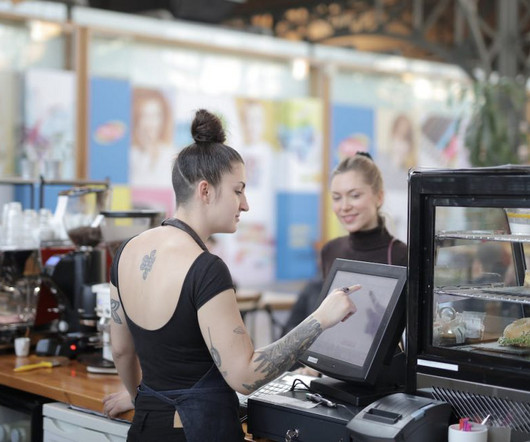
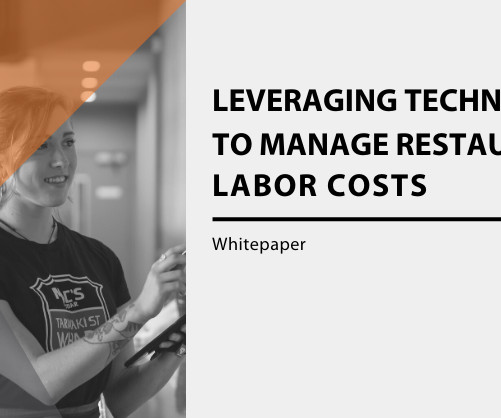
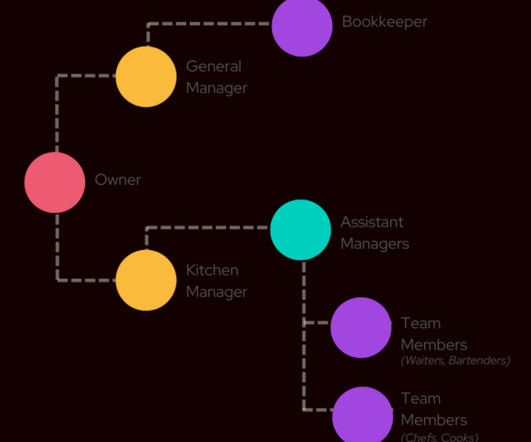
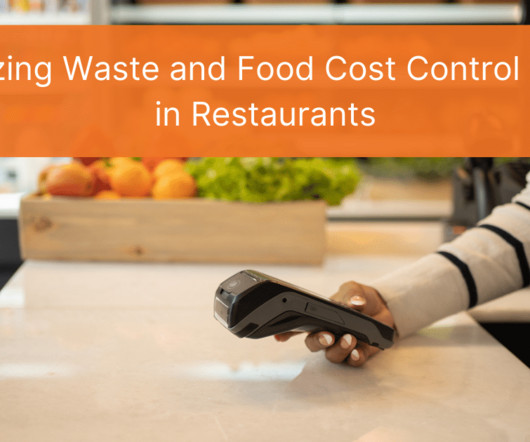
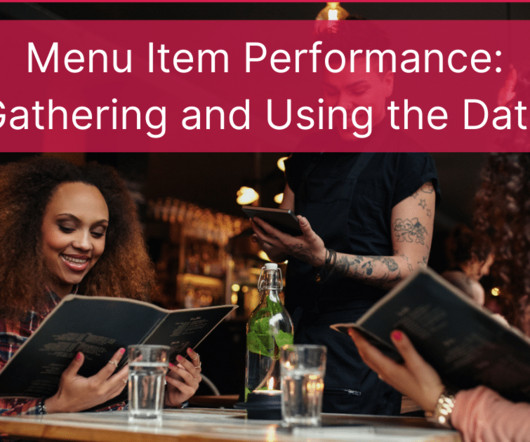
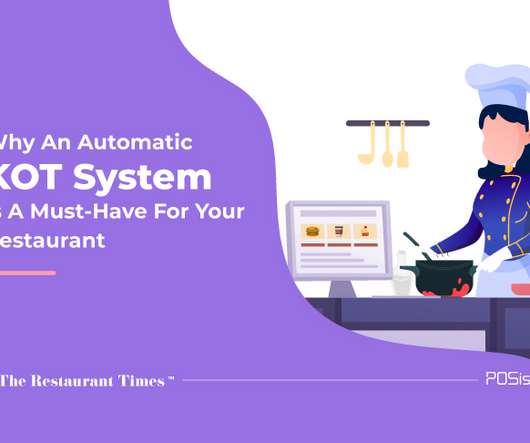
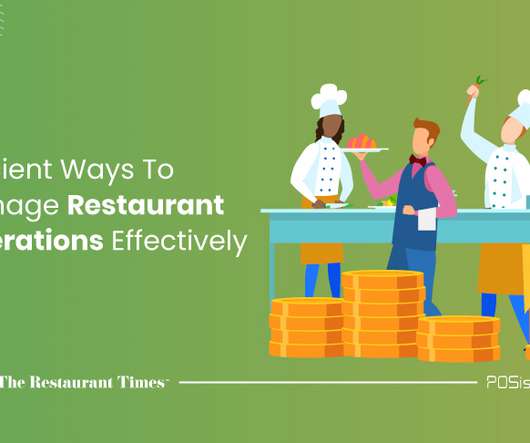









Let's personalize your content